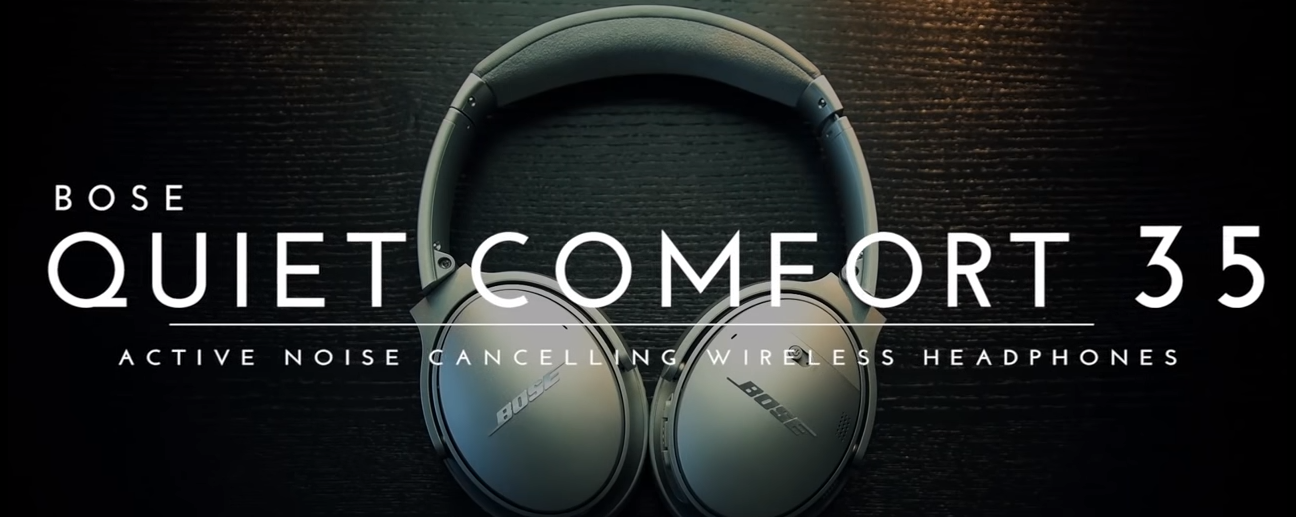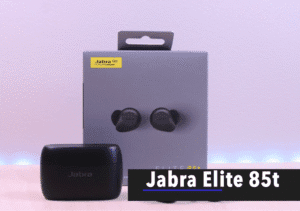Bose QuietComfort 35 Review
Bose’s QuietComfort noise-cancelling headphones have been helping people focus on their music without interruption from the outside world for ten years now. In addition to all that, the Bose QuietComfort 35 is wireless. Even though the QC35 II has replaced them, these original Bose wireless noise-cancelling headphones are still a decent buy if you can find a fair price.
Bose’s QuietComfort Specs
| Active Noise Cancellation | YES |
| Cable Type | Mini-phone stereo 3.5 mm 4-pole |
| Sound Output Mode | Stereo |
| Headphone Form Factor | Circumaural |
| Connectivity Technology | Wired |
| OS | Works on Almost Any OS |
| Sensitivity | 105 dB/mW |
| Colours | Black, Silver |
| Dimension | 9.5 in x 11.1 in x 4.5 in |
| Weight | 7.94 oz |
Design
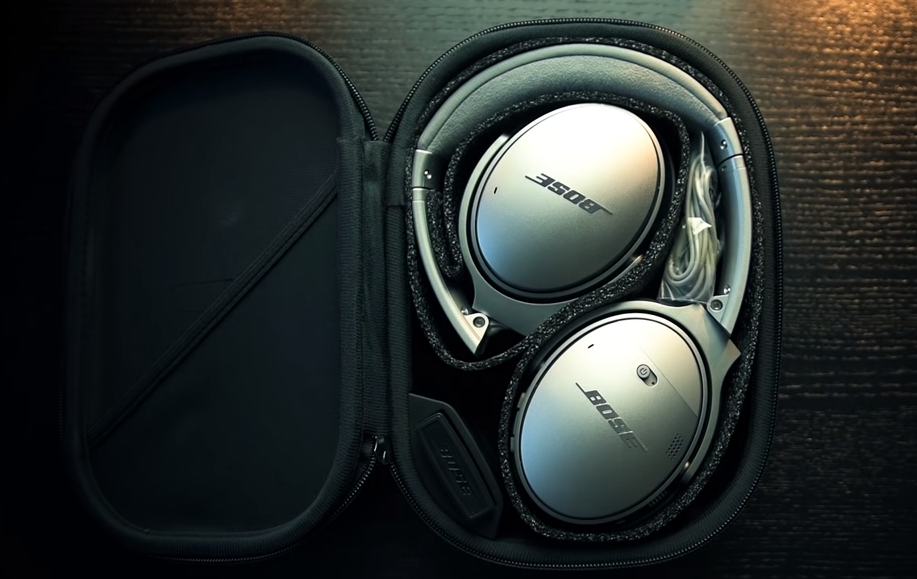
The oval Bose-branded ear cups and hefty headband that characterize the QuietComfort line’s characteristic design are back again, making the QC35s and their predecessor virtually indistinguishable in a silhouette drawing. Modifications to the design were kept to a minimum in order to better accommodate the wireless features. Sliding the power button on the right ear cup to the right will now pair the headphones through Bluetooth. You’ll also find a near-field communication (NFC) tag and three buttons on the device’s side; the third button serves as the replacement for the in-line cable controls.
The multifunction button in the middle can be used to play or pause music, answer or end calls, and activate voice commands like Siri or voice dial. On either side of that, you’ll find the volume controls, which are slightly elevated, so you can use them by touch alone without removing the headphones.
The headband is now partially suede and half leather, and the padding underneath feels thicker and more comfortable to us. Perhaps they did that to compensate for the 100-gramme weight increase brought on by the QC35s’ wireless internals. However, they still feel light in the hand and on the head, and the standard ear cushions offer a nice, snug seal without overheating the wearer’s ears.
The QC25s, with their colourful accents, are the more attractive of the two options; nevertheless, the all-black and all-silver options are still quite presentable. Although visually similar, their construction and aesthetic appeal are not very different.
Sound
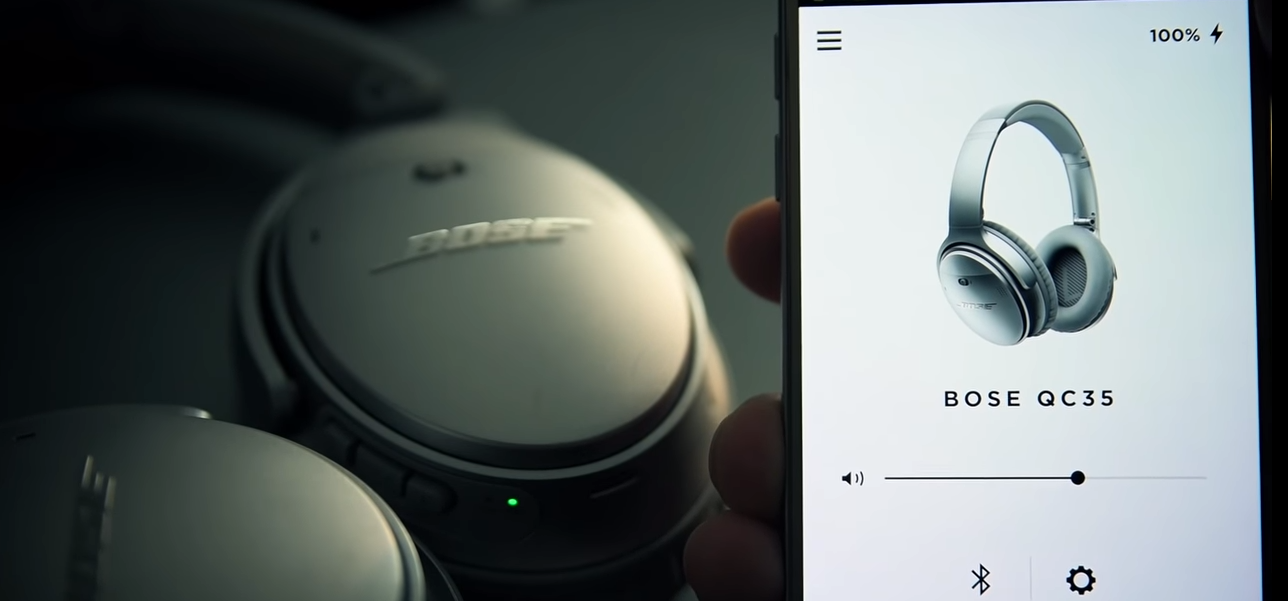
The additional twenty pounds are justifiable after a thorough comparison with the QC25s. The QC35s are a step forward from their forerunners in terms of clarity, dynamics, and attention-grabbing detail. When you put on Levi Stubbs’ Tears by Billy Bragg, you can hear the twanging bass and resonant vocals with better clarity and texture, as well as the opening guitar plucks and scratchier strums later on.
The soundstage is slightly more expansive, and the shakers are more distinguishable. The scales have tipped in a different direction. The QC35s are brighter and less forgiving than their predecessors, but they are nonetheless accurate and nimble, with good control and detail across the frequencies.
They will, however, be the first to call attention to the use of inferior equipment or low-res files, such as those found on Spotify. The new Boses are on par with the old ones in terms of sound isolation, which is the finest we’ve found (by a good margin) and is comparable to being in an anechoic chamber. It’s a little unsettling at first, but you soon adjust. Bose has had some success with wireless headphones (see the AE2w and Soundlink models), and now we’re thrilled to report that the company has successfully married wireless technology with active noise cancellation.
Anti-Noise Technology
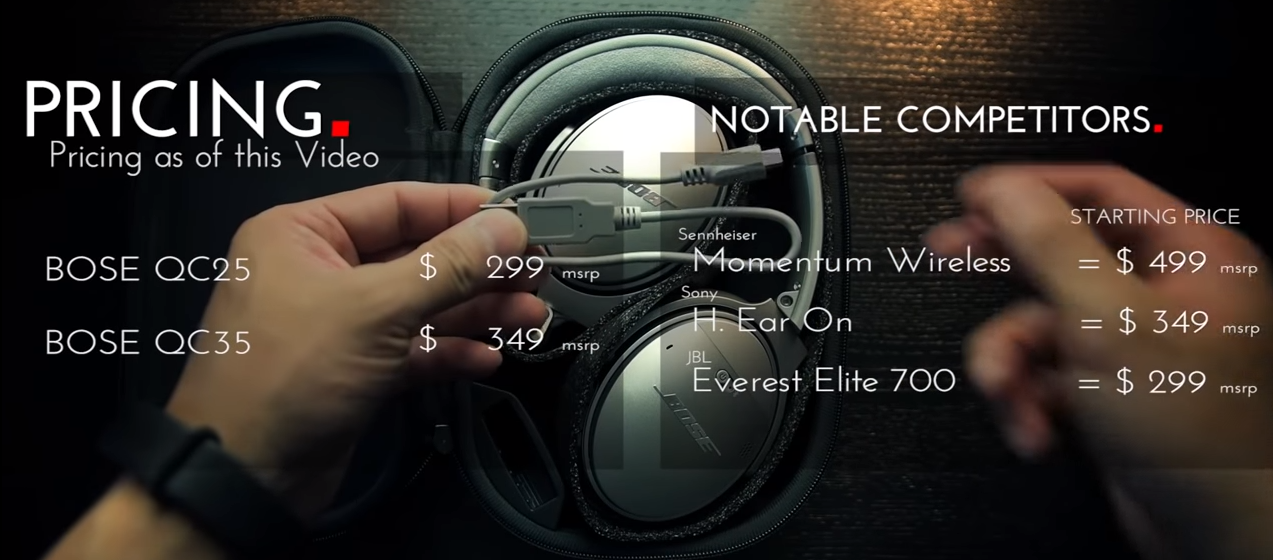
Let’s start with noise suppression. Bose pioneered modern active noise cancellation, and the company has stayed ahead of the competition with each successive iteration of its QuietComfort headphones. The QC 35 has the best noise cancellation of any commercially available headphones, but it’s important to be aware of the technology’s limitations if you plan on using them extensively.
For instance, the rumble of an aeroplane, the rumble of a train, or the hum of an air conditioner are all easily blocked out by the QC 35. However, the QC 35 will undoubtedly allow some ambient noise through, such as a coworker’s excessively loud, erratic laughter. However, newer QC models are better at muzzling human speech, so if someone is whispering or conversing in a moderate tone, the QC 35 should do a good job of blocking it out.
Presentation of Sound
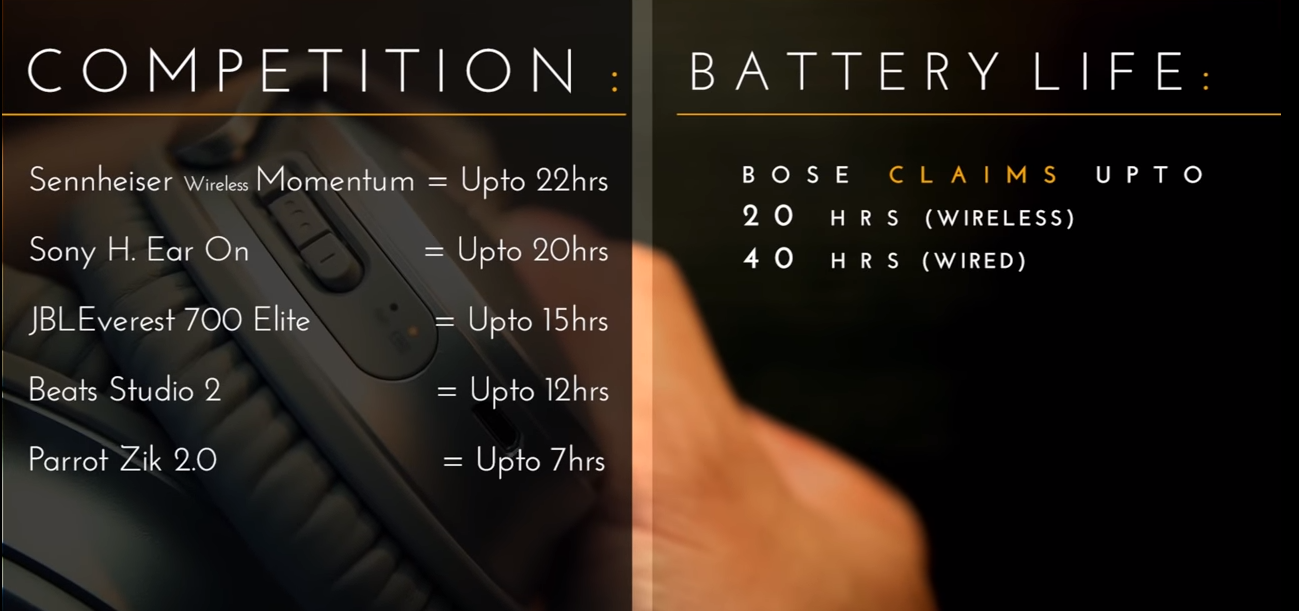
In recent years, Bose has made significant strides in audio quality for those who value it as highly as noise cancellation. Depending on the song’s frequency range and the volume level, different parts of this system are engaged. However, Bose is excellent at maintaining equilibrium. When listening at lower volumes, the active EQ, as Bose calls it, significantly enhances the bass. The reasoning behind this is sound. The low-frequency content of an audio signal, such as a bass guitar line or a kick drum’s wallop, is typically less audible at lower volumes. Even though audiophiles might prefer to have greater control over this, many regular listeners will appreciate the fact that Bose takes care of it automatically.
Conclusions
If you’re not concerned with wireless connectivity but still want superb noise isolation, Bose’s QuietComfort 25 headphones are still available and cost $50 less. The on-ear AKG N60 NC ($198.00 at Amazon) (opens in a new window) is likely the best non-Bose wireless noise-canceling pair we’ve tested recently, while the Bluetooth JBL Everest Elite 700 has terrific audio but just so-so noise cancellation.
When it comes to Bluetooth headphones with active noise cancellation, however, this model is unrivaled. The QuietComfort 35 is our top pick because of its superior noise cancellation and high-quality Bluetooth audio.

